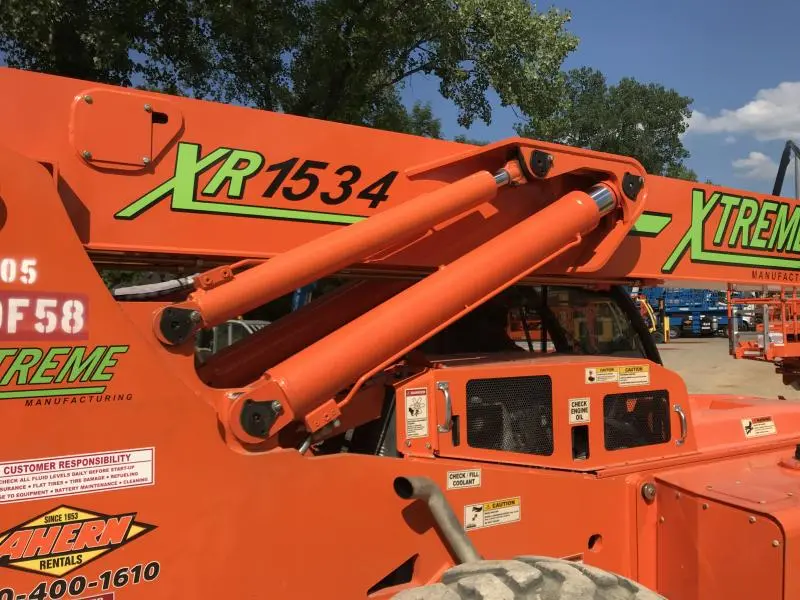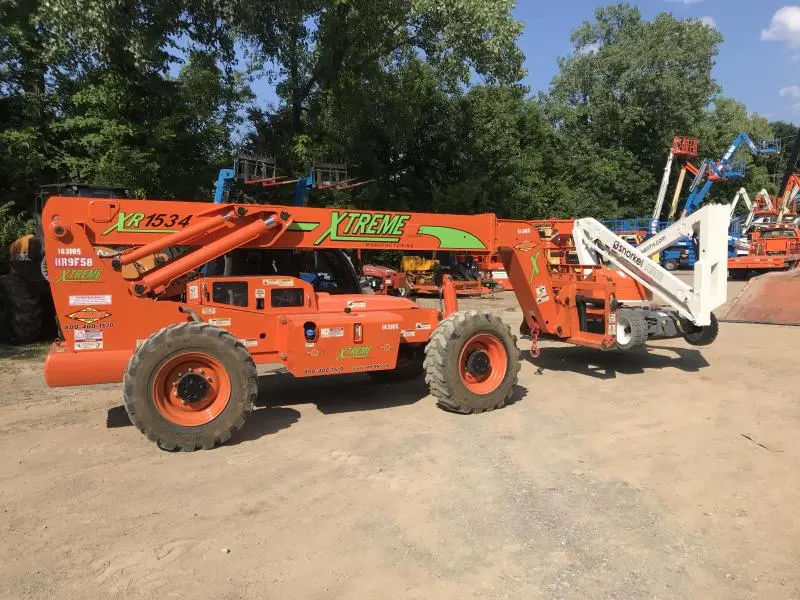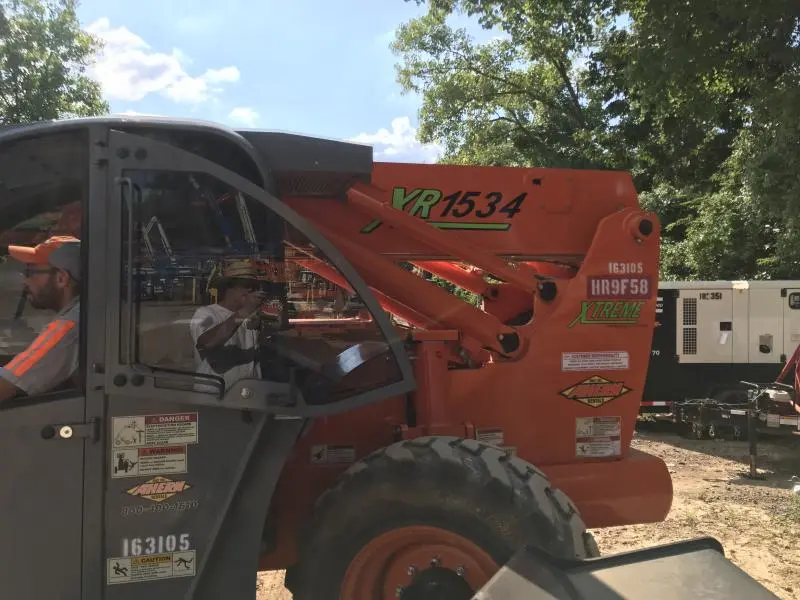


I may be wrong, but I think those little rams work with the hydraulics on the forks to keep them level.
BP.
I believe that is correct, works like the bucket leveler on a back hoe loader only in this case they are used to level the forks as the boom is raised and lowered..
I’m pretty sure they are just to spread the load out on the boom and to assist with the lifting pressure.
One big ram might be too much for the steel in one spot.
I’ve operated other kinds of telescopic lifts that have two sets of lifting cylinders. Usually spaced apart a little more though.
I could be totally wrong though
Well I don't get it. Where is the offsetting action to allow the forks to level. Everything looks solid to me.
I'm following this thread.
I may be wrong, but I think those little rams work with the hydraulics on the forks to keep them level.
BP.
[quote="Bruce P"]I may be wrong, but I think those little rams work with the hydraulics on the forks to keep them level.
BP.[/quote]
That's what I think, they are simiilar to re-phasing cylinders ,
Thanks friends. That is great, I understand it now. When Bruce mentioned tilt in the first place among other things I did not understand I thought "tilt" meant sideways and that got me on a narrow path of failure to understand.
That is a really neat setup, kinda like some sort of Servo setup. I must remember that and look for an application on which to use this idea.
That doesn’t add up. The long extra rams on each side would displace a lot more fluid than the single ram that controls the fork tilt.
The way I seeit OilSlick, it is not using oil across the two circuits.The large rams are doing the lifting and the small rams are merely transmitting position info to the tilt rams.